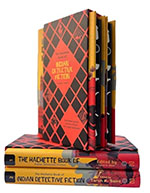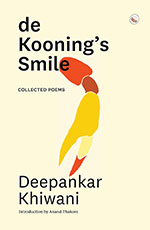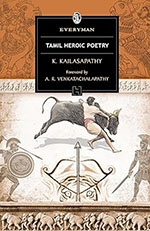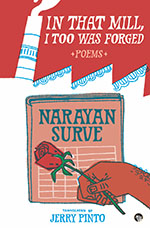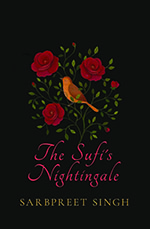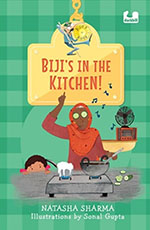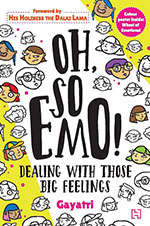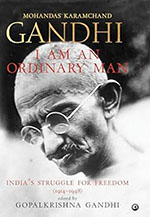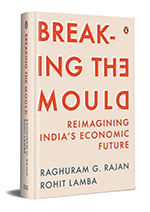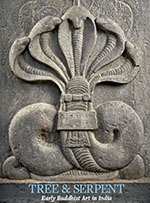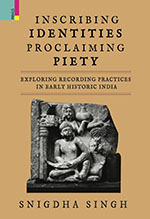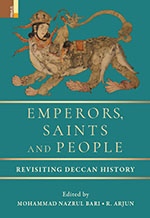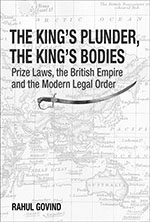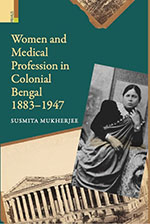Every once in a while, a book comes along that challenges us to rethink our reading affiliations and affections and realign them to reflect the Protean hues of the real and imaginary worlds we inhabit. This delightful offering from Hachette
Here is a fascinating book on birds, trees and nature, written and illustrated by Bulbul Sharma, a well-known birdwatcher, illustrator and writer. She divides her book into the magic of four very distinct seasons of Delhi—Winter, Spring, Summer and Monsoon.
In the realm of contemporary English poetry, a discernible renaissance is unfolding, evident in the diverse voices and thematic textures woven into the fabric of six noteworthy collections published in 2023. As we traverse these poetic landscapes
2023
While most bardic poetry, K Kailasapathy’s preferred adage over court poetry, had its origins in traditions of oral storytelling, the corpus of Tamil Heroic Poetry, most of which is garnered from the extant works of the Sangam Age (the modern-day term for this body of literature)
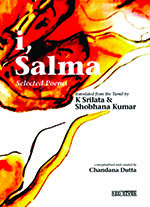
Conceptualized and curated by Chandana Dutta. Translated from the original Tamil by K Srilata & Shobhana Kumar
I, Salma: Selected Poems jolts the readers into alertness about change and tension. Salma is the pen name of a well-known Tamil writer Rajathi Samsudeen.
Sometimes, we come across a voice that points out the obesity of our market-driven urges. That voice may call out across the street, on a public platform or through a book of poems and shake one out of the complacency of armchair righteousness.
The Sufi’s Nightingale by Sarbpreet Singh is beyond the mere retelling of the blessed bond between Shah Hussain and Madho Lal. It is a journey into the nooks and nuances of a sublime relationship between the murshid-mureed, as the re-defining of loss, longing and love in 16th century Lahore.
There is an early warning shouted out by Bhaiya: ‘Biji’s in the kitchen!’ While this warning is duly registered by Mama and Papa, Papa’s eyes turning ‘big and round as plates’, it is the protagonist, the granddaughter, who knows just what this means.
Despite its elementary level, this book satisfies a fundamental need of us emotion-feeling humans—the thirst to comprehend ourselves and our inner experiences. Oh, So Emo!delivers on this need with its engaging narrative and practical tools for emotional awareness.
A book may also be judged from its significance to the times in which it is published. To the two important dates that have marked the month of January for Indians
This is precisely what Ghosh has done. Eight years after the publication of Flood of Fire we have a book in which he has written about the key concerns that shaped the novels comprising the trilogy. As the narrative progressed from the first novel Sea of Poppies (2008)
The key argument of this thought-provoking book is that although the Indian economy is growing, yet its impact is seen to be very uneven
James Fergusson’s Tree and Serpent Worship, published in 1868, got many things wrong but one thing right. It drew attention to the abundance of trees and snakes in the sculptures at Sanchi and Amaravati.
To locate the occupations, religious preferences and mobility of the ordinary man in early India, a source of utmost importance were the donative records.
Instead of getting into the long-drawn ‘Iron Age and Social Change’ debate, she makes a case for bringing up the different aspects of iron production and their relationship with the social formations in the context of early India.
One quickly turns the pages of the book to find out what is being ‘revisited’ to which we get an immediate answer that the book has intended to revisit ‘lesser-known history of Deccan’s social and cultural vibrancies’ (p. xvii). At the same time, at the end of their Introduction to Emperors Saints and People
This is an unusual and innovative book that captures the history of Velha Goa through the lens of archeology as method, and urbanism as the heuristic category for understanding the Portuguese city as it was designed and constructed since the 16th century.
2023
The British state, in order to establish its dominance around the globe, used a range of instruments of power. Among others, two closely linked instruments of power were the ‘Prize Laws’ and the ‘Prize Courts’.
Susmita Mukherjee’s book under reviewexamines the historical and sociological processes that resulted in the concentration of women doctors in India in the Department of Obstetrics and Gynaecology.
Fali Nariman, now aged 94, is among the last of a generation of legendary lawyers whose ranks included the likes of Nani Palkhivala, Soli Sorabjee, Ram Jethmalani, and K Parasaran, and who effectively laid down the foundations of India’s postcolonial legal development.

